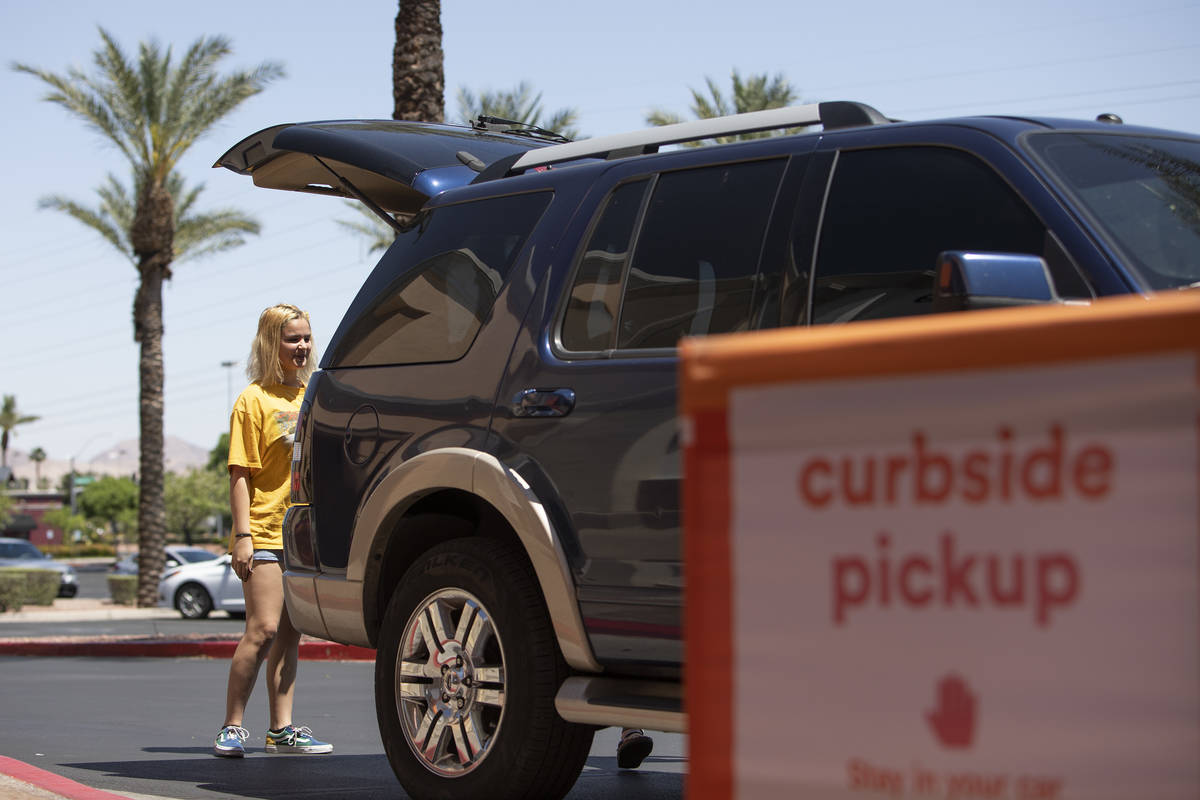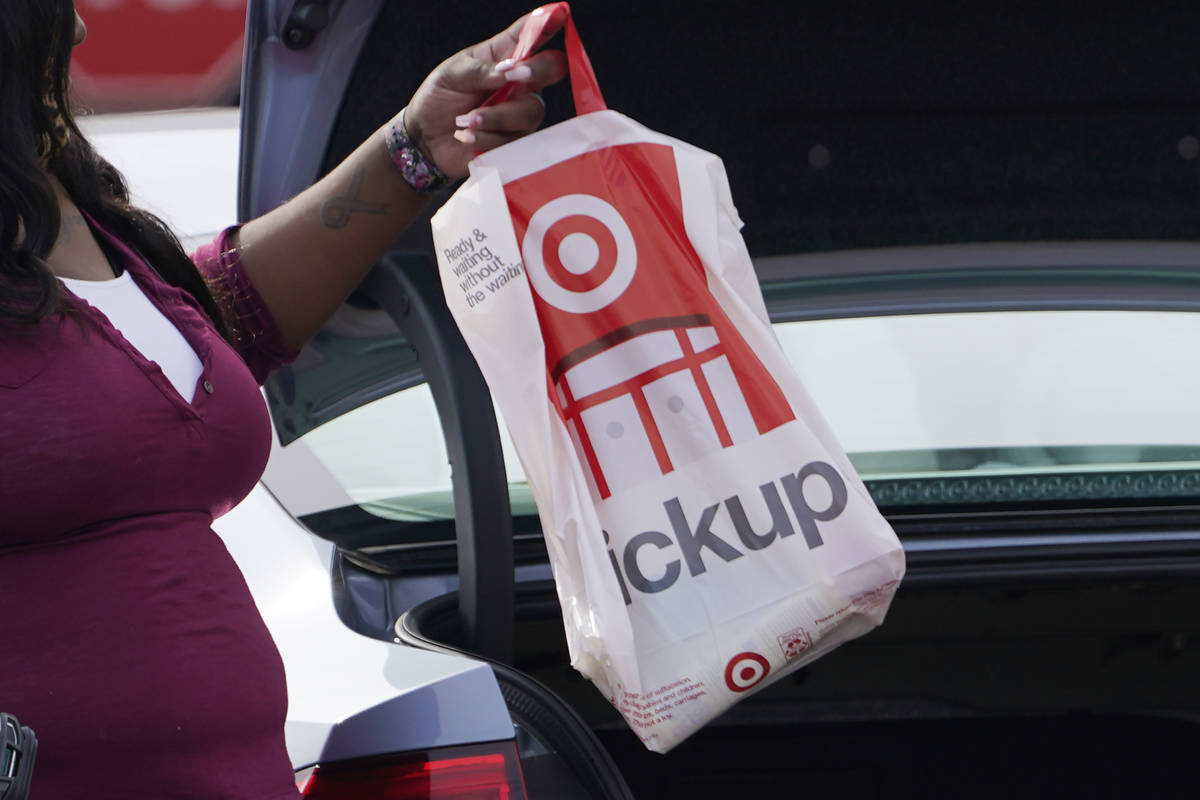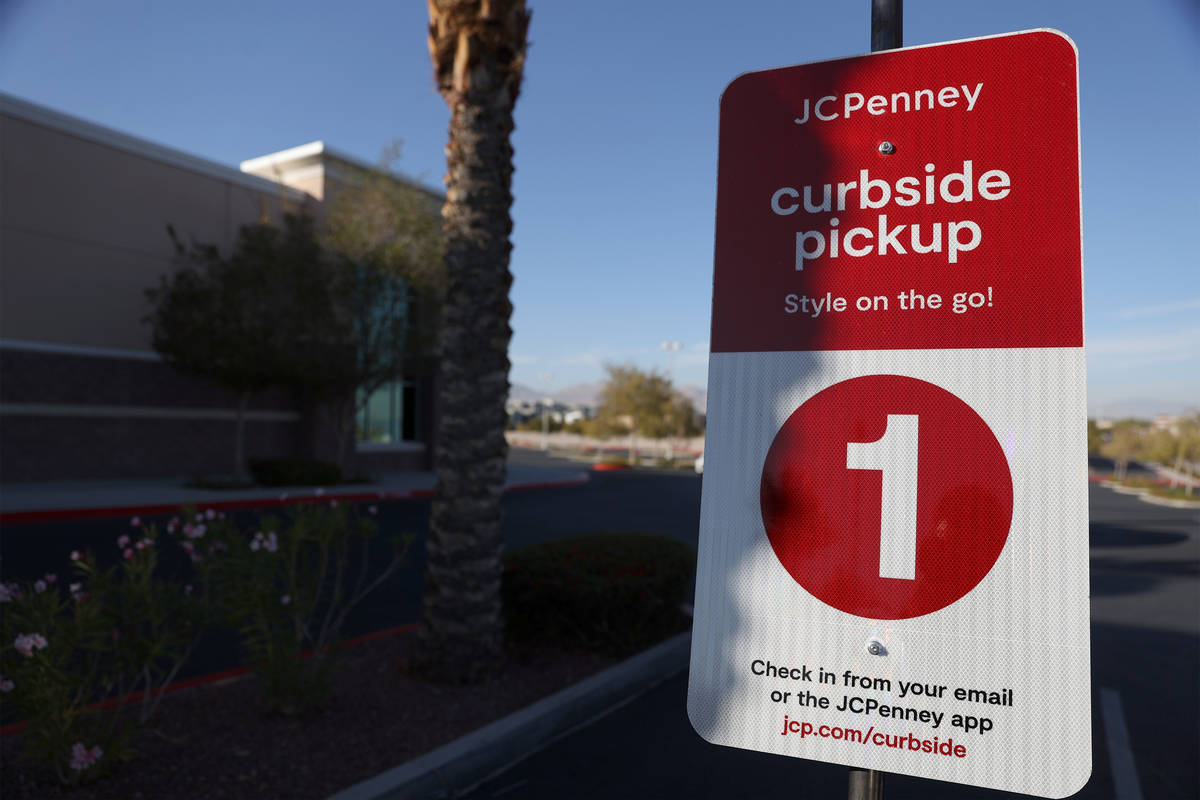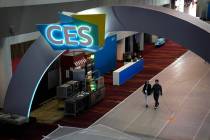The pandemic changed shopping. It’s ‘just the beginning.’
Many Americans discovered new ways to shop as the COVID-19 pandemic shuttered stores and kept people at home.
Those changes will stick around long after the virus subsides, industry experts say.
“The operative word for 2021 will be ‘contactless shopping’ and it will be a continuation of what we saw last year,” said Robin Raskin, founder of Solving For Tech and moderator of CES 2021 “Retail’s New Look: Shopper’s Little Helpers” panel Wednesday.
Consumers accustomed to minimal contact will likely want those options post-pandemic, including contactless mobile payment offerings like Venmo or PayPal.
Val Vacante, director of strategy at customer experience company LiveArea, said the pandemic has made mobile payment mainstream.
“People are like, ‘Oh, I like this,’” said Vacante, who is speaking on Wednesday’s panel. “People had to use this as a necessity, but it will stick, because it made everything so much easier.”
Discovery
Bryan Wachter, senior vice president for government and public affairs for Retailers Association of Nevada, said local retailers had been offering curbside pickup and other contactless options before the pandemic, but the majority of shoppers are now aware and using those services.
“The pandemic really has forced the marriage between these innovations and the mainstream public, and it is certainly something that we are going to be continuing into the future,” said Wachter.
Another example of pre-pandemic tech that is catching on because of the pandemic is mobile self checkout.
Wachter said retailers have existing software within their apps that allows shoppers to scan and check out items using their phones.
“It’s an old innovation to solve a new problem because that technology was in use at grocery stores before the pandemic, allowing you to bag your own groceries and walk out,” said Wachter, citing Sam’s Club’s app with a feature called “Scan and Go.”
Innovation still to come
Raskin said 2020 was “just the beginning” of physical retail spaces transforming.
For example, Wachter said “autonomous checkout” and drone delivery could be in the future.
Amazon spearheaded the concept of autonomous checkout — where shoppers can enter a store, take the products they want and, thanks to a connected app, leave — with its Amazon Go stores. There are dozens of these cashier-less convenience stores across the country.
Cameras, sensors and other hardware throughout the store automatically record items selected and are charged to your pre-existing Amazon account, said Raskin. But the technologies, Vacante said, including programming and hardware, can cost upwards of $1 million per store.
Citing the recent drone pilot program by Walmart to deliver COVID-19 testing kits, Wachter said the new technology will be something to keep an eye on in Nevada.
“Drones are going to be able to play a role in the logistic chain, especially for the last-mile delivery,” said Wachter. The “last mile” is the final step of the delivery process from a warehouse to the customer’s doorstep.
“Nevada is really well-placed given our preferred status with the FAA and being a great trial location for drone delivery,” he said.
Augmented/virtual realities, artificial intelligence
Augmented reality and artificial intelligence is becoming more integrated into the retail industry as well.
“Instead of just seeing a flat image on a product, you might see a 3D image of the thing you want to buy. You might be able to take the furniture and put it in your room and see how it’s going to look in your room,” added Raskin. “Technology is letting you play ‘what if’ from the comfort of your home and on your phone. Augmented reality and virtual reality experiences seek to eliminate some of the hands-on contact with things, minimize returns and customer unhappiness, and also saves you a lot of aggravation of making bad decisions.”
Augmented reality will also help consumers looking to find the right clothing.
“As AR technology gets better, we’re going to be able to have more accurate, virtual try-ons and sizing,” said Vacante. “That’s what AR enables.”
AR technology will likely be used at physical stores, where shoppers can learn more about a product.
“If you’re going to a store to buy toys, and not sure how it works, if you could wave your phone over the product, it could have an augmented experience, so there could be a demo,” said Vacante. “That technology exists right now and brings life to a product.”
Contact Jonathan Ng at jng@reviewjournal.com. Follow @ByJonathanNg on Twitter.






























